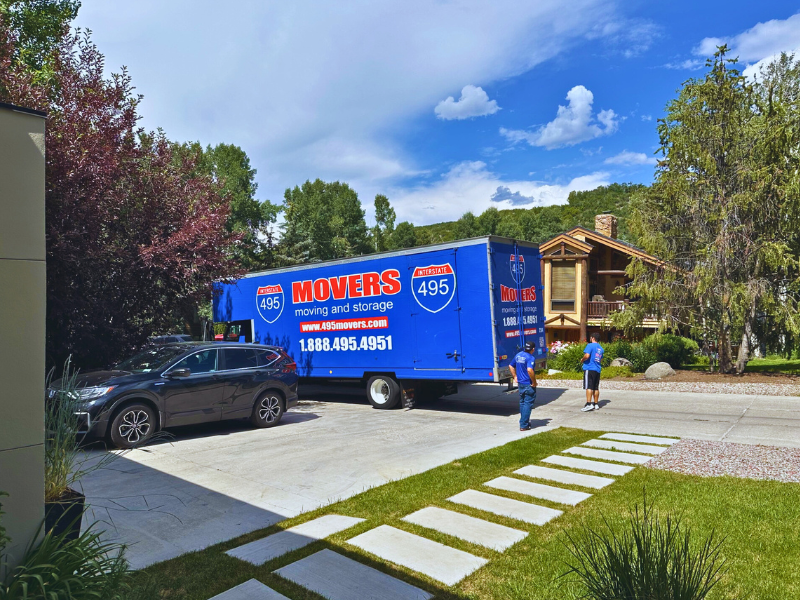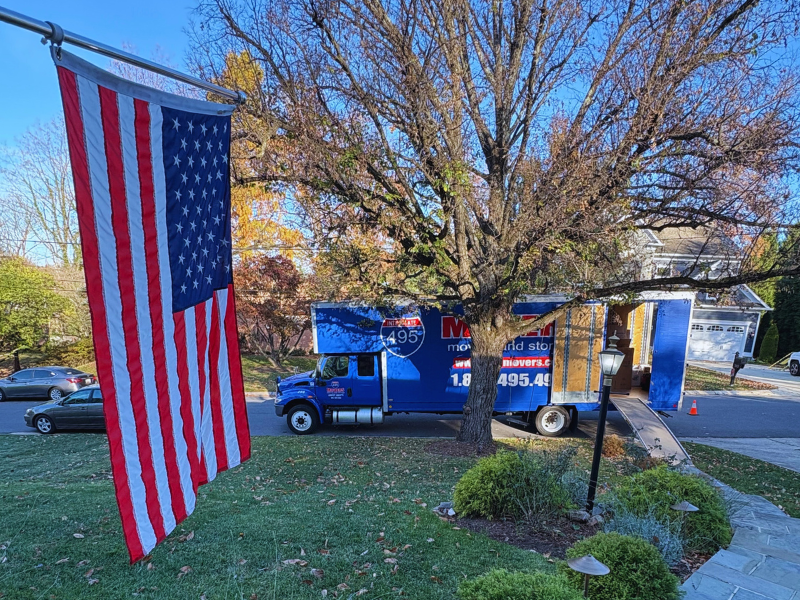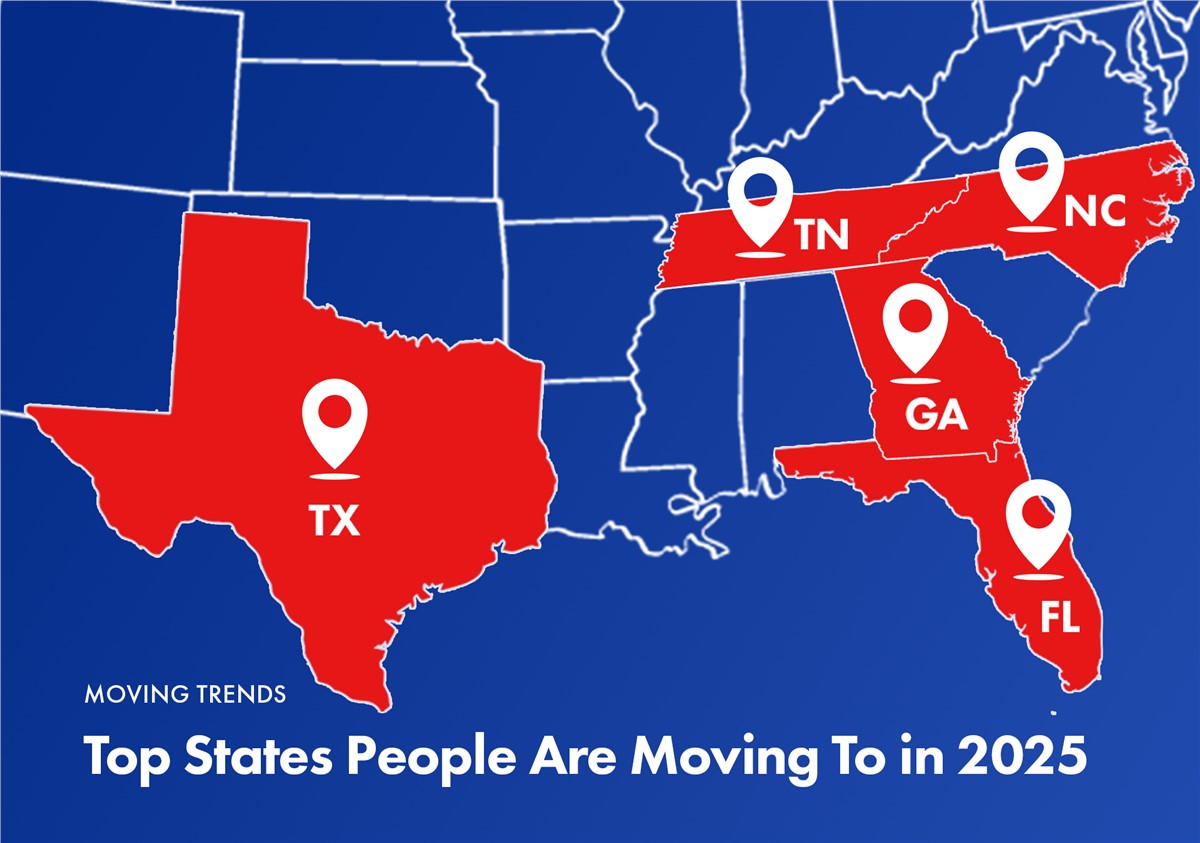
Any move, local or long distance, comes with its own set of challenges. Typically, interstate moves require more planning and scheduling due to longer travel times, potential storage needs, varying state regulations, and much more. This means planning far in advance is key to make sure that everything goes as planned.
In this guide, we’ll share helpful tips on what to expect during an interstate move and how to come prepared to ensure the transition is as smooth as possible.
Create a Moving Checklist
Start planning as early as you can before your move by making a to-do list. Include everything you need to do setting a timeline of when they should be completed. This includes everything from packing, choosing a moving company, decluttering, turning off utilities, updating your mailing address, and more.
Downsize and Declutter
Before you reach out to a moving company to receive a moving estimate, go through your belongings sorting out the items you won’t be moving. Make a “donation” and “throw away” pile of the items you won’t be taking with you. This will help save you money later on down the road with a smaller moving volume. Plus, you can start fresh in your new space!
Set a Budget
A large part of any move is the cost associated with it. You have to consider the cost of movers, packing supplies, insurance, storage fees, and more. But by creating a budget, you can help keep track of your expenses and potentially save in different areas. For example, when assessing different moving companies, ask what is included in their overhead fees. They might provide packing suppliesor other services in your moving estimate that can end up saving you hundreds.
Bonus Moving Tip: Rates for moving companies are typically higher in the spring and summer because this is the time of year when everyone wants to move. For a more affordable move, consider moving during the fall or winter where you might find lower rates due to the decrease of moving volume this time of year.
Choosing Interstate Movers
With a sea of different moving companies to choose from, how do you sort out the “bad fish” from the good?
- Licensing and Registration: Look for companies that are registered with FMCSA and have a valid USDOT and MC ICC number. This ensures they have the license to conduct interstate moves and meet federal safety regulations.
- Experience: When researching moving companies online, always look for the number of years they’ve been in business. Go the step further and reach out to see how long they’ve been doing interstate moves. You want a team who has experience and is familiar with different state rules and regulations when it comes to moving across state lines.
- Transparent Pricing: Long-distance moves can cost a pretty penny so it’s important you choose a company who is transparent with their moving costs. Look for companies that offer not-to-exceed rates to ensure that you don’t get hit with a fee you weren’t expecting.
- Review and Rating: One of the best ways to determine trustworthy companies is through their online reviews and rating. Use resources like Google, Yelp, or the Better Business Bureau (BBB) to look for good reviews and hear from others who worked with them first hand.
To ensure you’re setting yourself up for success, reach out to at least 3 moving companies that meet the criteria listed above. That way you have three estimates to compare ensuring that you aren’t being high or low-balled for your move.
Since long-distance moves involve more handling and travel time, this leaves more room for potential damages. Look for movers that offer different levels of coverage so you can protect yourself in the case that an accident were to happen and your items get damaged. Under federal law, moving companies are required to offer basic coverage up to $0.60 per pound for any damaged items. Understandably, this is next to nothing which is why movers typically offer more coverage options. Opt for full-value protection to be covered for the replacement or repair of any damaged item.
Packing Your Belongings
If you’re packing yourself, it’s essential, (let’s hear it again for the people in the back) ESSENTIAL that you categorize your belongings by room and use proper packing techniques. For example, pack all heavy items at the bottom of your boxes and wrap delicate items with wrapping paper or bubble wrap. This will help make unpacking a breeze and help prevent any damage to your belongings.
For a more stress-free approach, opt for a full-service move where your moving company will be responsible for packing all your belongings. Believe it or not, your movers can probably get it done in half the time (if not more) than it would take you to pack, saving you much needed time and headache. Remember, these guys do this kind of thing every day so you can trust that your items will be left in good hands with the right moving company.
Subscribe to 495 Movers's Blog





Comments